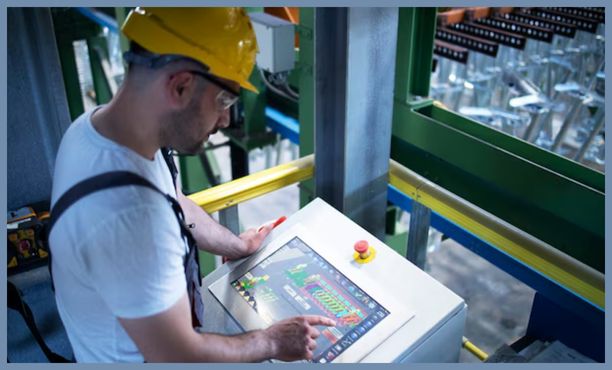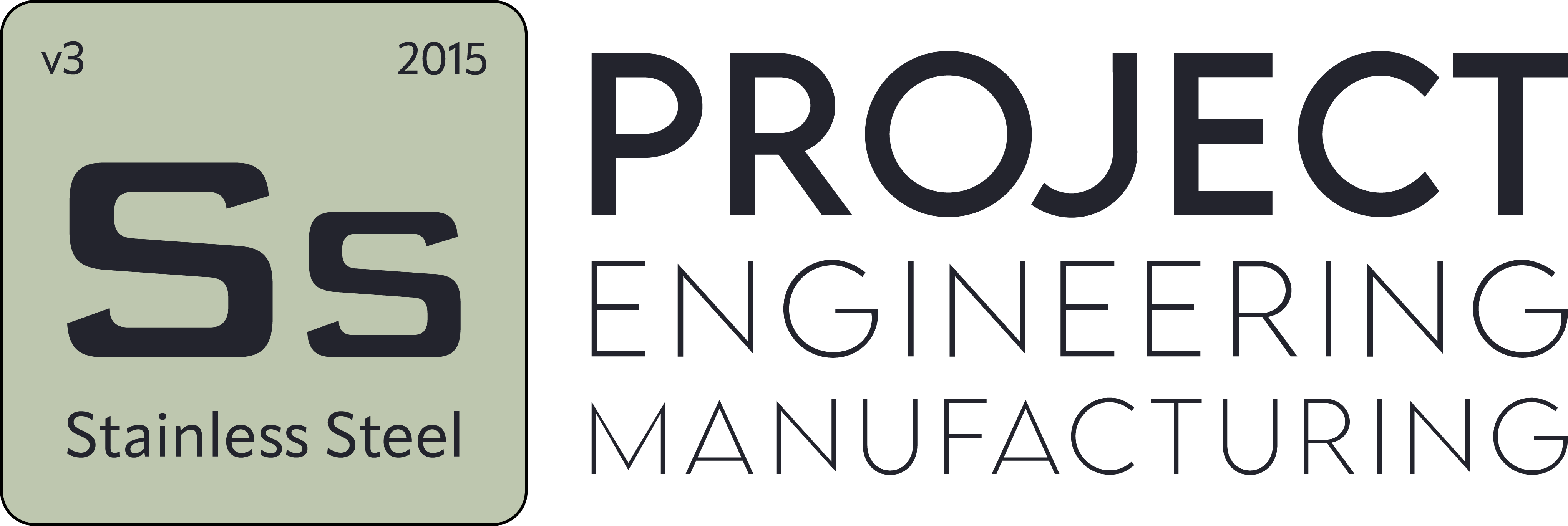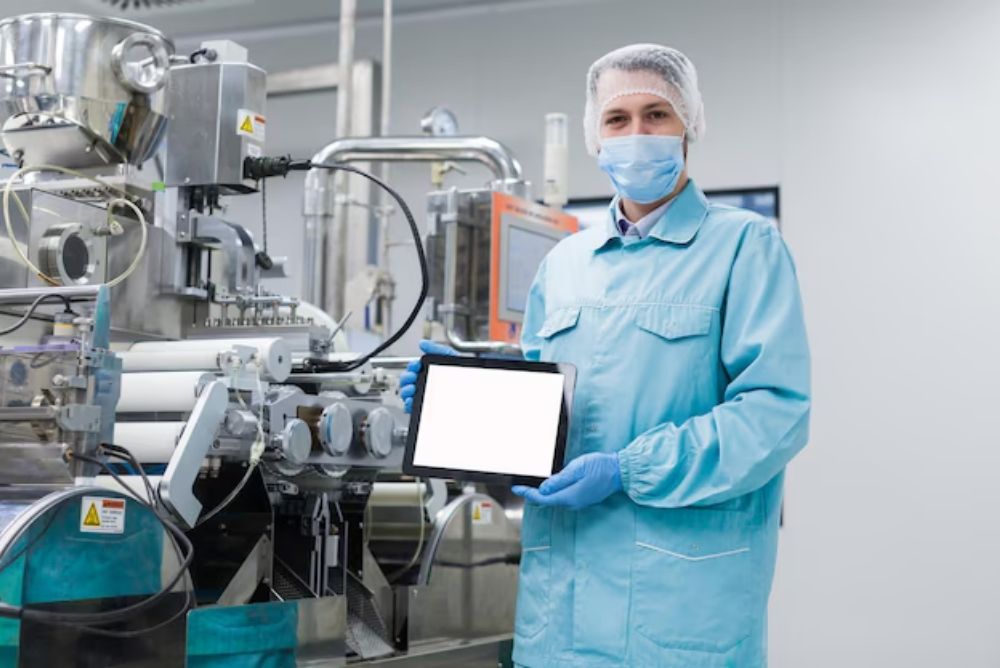WFI production system
- Blog
- WFI production system
WFI production system
What is WFI?
Water for Injection (WFI) is the highest purity water used in the pharmaceutical and biotechnology industries. WFI is crucial for preparing solutions that are directly injected into the human body, requiring the highest standards of chemical and microbiological purity. WFI water is used not only in pharmaceutical formulations but also in injectable drugs, where its high purity is paramount. Achieved through purification techniques such as distillation and reverse osmosis, WFI water must be produced in a highly controlled and sterile environment to minimize microbial contamination risks and safeguard human health.
The most notable characteristics of WFI include its absence of ions, heavy metals, bacteria, or other organic matter. This stringent purity is why WFI is commonly used in the production of parenteral medications, sterile solutions, and biotechnological products. Regulatory authorities worldwide, such as the U.S. Food and Drug Administration (FDA), enforce strict guidelines for the production and use of WFI to ensure safety and efficacy.
Applications of WFI
WFI is integral to several critical applications in the pharmaceutical and biotechnology industries. Its most common use is in sterile injectable solutions and intravenous fluids. The use of WFI in these applications is crucial due to the high purity required, as non-pure water could pose significant health risks when injected directly into the human body. Solutions and drugs prepared with WFI are manufactured with meticulous care to ensure patient safety.
Additionally, WFI is employed in pharmaceutical manufacturing facilities for cleaning and sterilizing equipment. Ensuring that tools and machines used in production are free from microbial or chemical contamination is vital, and WFI is used for this purpose. This application helps reduce the risk of contamination in drug products and enhances product quality. Furthermore, WFI is used in the production of biotechnological products, particularly in preparing cell culture media, which are essential for developing and manufacturing biological products.
WFI Production Process
The production of WFI involves multiple stages of water purification. The primary methods used are distillation and reverse osmosis. Distillation involves boiling the water to create steam, which is then condensed back into liquid form. This process effectively removes all solid impurities and microorganisms from the water. Reverse osmosis, on the other hand, filters dissolved solids by passing water through a semi-permeable membrane. These methods can be used together to ensure the highest level of water purity.
A critical stage in WFI production is the storage and distribution of the purified water. To prevent contamination, WFI is typically stored in stainless steel tanks and distributed through sterile piping systems. Continuous circulation of the water helps prevent microbial growth. Additionally, the storage systems and distribution networks are regularly sterilized using hot water or steam to maintain the water’s purity.

Compliance with FDA and GMP Standards
The production of WFI is subject to strict regulations by global authorities such as the FDA and Good Manufacturing Practices (GMP). The FDA has established procedures to ensure the chemical purity and microbiological safety of WFI during production. All equipment, systems, and processes involved in WFI production must be regularly inspected and adhere to hygiene standards.
GMP standards dictate the overall hygiene, production, and quality control processes in pharmaceutical manufacturing facilities. Compliance with GMP ensures that all stages of production are documented, and the quality of WFI is continuously monitored. These standards are crucial for ensuring product reliability and minimizing risks associated with contamination.
Methods Used in WFI Production
Several methods are employed in the production of WFI, including distillation, reverse osmosis, ultraviolet (UV) sterilization, and microfiltration. Distillation is considered one of the most effective methods for removing impurities. It involves boiling the water and then condensing the steam, which eliminates microorganisms, ions, and other contaminants. Reverse osmosis is a membrane technology used to filter out dissolved solids. Water is forced through a semi-permeable membrane, removing contaminants.
UV sterilization uses ultraviolet light to eliminate microorganisms by damaging their DNA and preventing replication. Microfiltration is another method that physically filters water to remove larger particles and microorganisms. Combining these methods ensures the water achieves the highest level of purity required for WFI.
Key Considerations in WFI Production
Maintaining the purity of WFI during production is crucial. All equipment, tanks, and piping systems must be regularly cleaned and sterilized to prevent contamination. Stagnant water in pipes can lead to microbial growth, so continuous circulation is necessary to minimize this risk. Monitoring systems should be in place to track critical parameters such as pH levels, temperature, and conductivity. This constant monitoring ensures any deviations or contamination issues are promptly addressed.
Failure to maintain purity standards can halt production and lead to significant economic losses. Therefore, regular maintenance and quality control processes are essential to ensure the reliability and safety of the WFI production system.
Storage and Distribution of WFI
The storage and distribution of WFI are as critical as its production. To maintain its purity, WFI is stored in stainless steel tanks and distributed through sterile pipes. The tanks are sterilized with hot steam to prevent microbial contamination. Continuous circulation of the water within these tanks helps prevent stagnation and microbial growth.
Distribution systems also require strict hygiene practices. Stainless steel pipes and tanks must be regularly cleaned and sterilized. The continuous movement of WFI through the distribution system helps maintain its purity and prevent contamination.
Role of Automation in WFI Systems
The role of automation in modern WFI production systems is increasingly important. Automated control systems monitor critical parameters such as pH, temperature, and conductivity, ensuring the system operates within required specifications. Automation reduces human error and helps maintain consistent water quality. Automated systems also provide real-time data and alerts for any deviations, enabling immediate corrective actions.
Automation improves production efficiency and safety by minimizing manual interventions and optimizing the overall process. It ensures that WFI production remains reliable and compliant with stringent quality standards.


